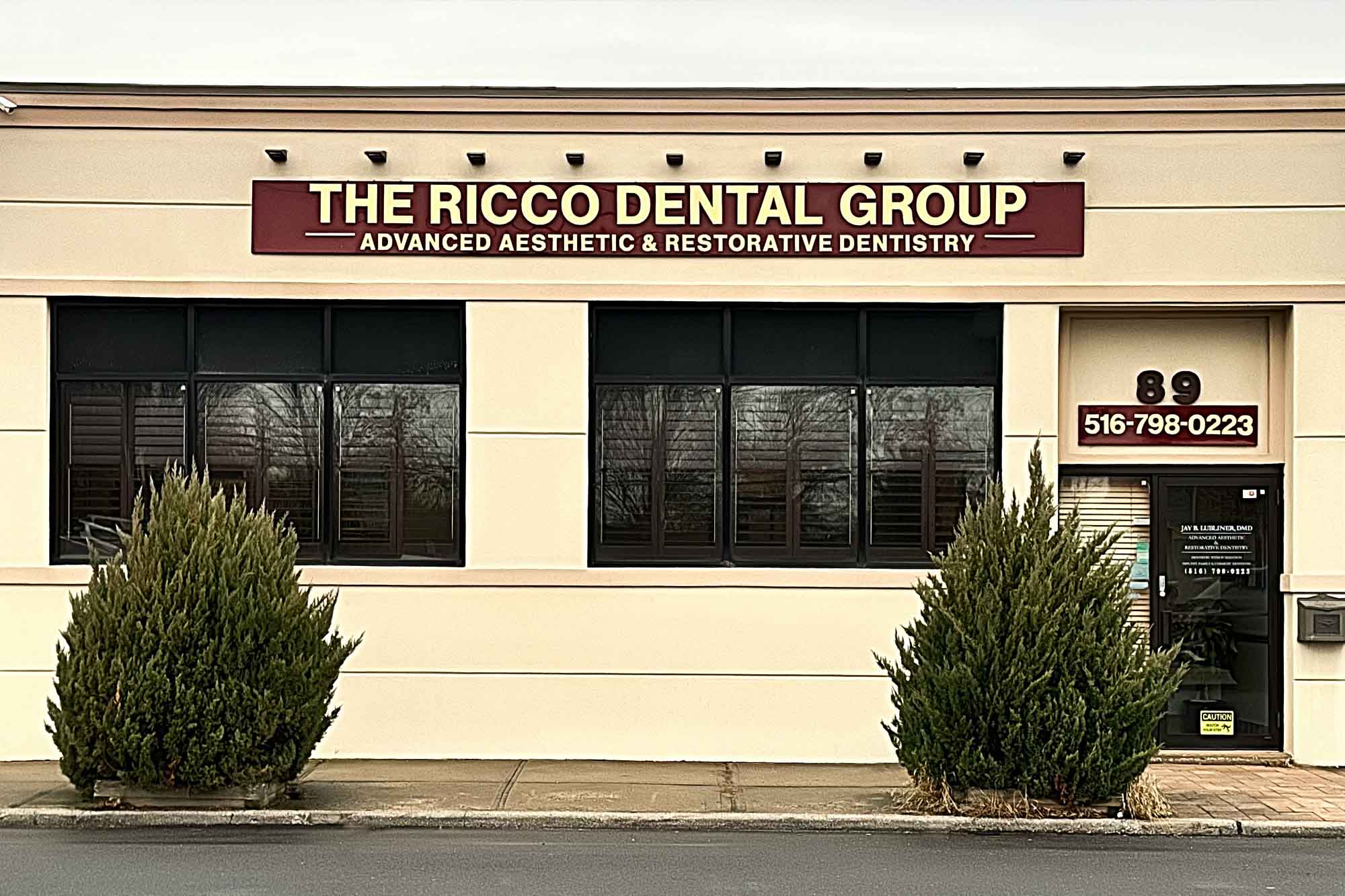Don't Wait Too Long: The Importance of Timely Root Canals

If you’ve experienced tooth pain, you know how quickly it can throw your life off track. Whether it’s a mild annoyance or an intense, throbbing sensation, tooth pain often indicates an issue that requires professional attention. But when should you act? How long is too long to wait for a root canal, and what happens if you ignore the warning signs?
A root canal can stop discomfort in its tracks, save your tooth, and protect your overall health. Acting sooner rather than later is the key to avoiding long-term complications. To help you understand why timely treatment is essential, this guide explores the root canal procedure, signs that you need one, and the risks of delaying treatment.
What Is a Root Canal?
A root canal is a standard dental procedure designed to save a tooth when its inner tissue becomes damaged, inflamed, or infected. Inside each tooth lies a soft tissue called the pulp, which consists of nerves, blood vessels, and connective tissue. This pulp plays a crucial role in your tooth's development, but if it becomes injured or infected in adulthood, it can cause severe discomfort and jeopardize your oral health if left untreated.
During a root canal, the dentist removes the infected pulp, cleans and disinfects the inner canals of the tooth (its roots), and fills the space with a durable material. The procedure typically concludes with placing a crown on the tooth to restore its strength and function.
Root canals are remarkably effective at preventing tooth loss. By acting quickly, you keep your natural tooth intact, eliminating the need for more complex restorations like dentures, bridges, or implants.
Why Does Your Tooth Pulp Get Damaged?
The pulp inside your tooth can become infected or inflamed from various causes. One common reason is untreated decay. What starts as a small cavity can progress through the outer enamel and dentin layers to reach the pulp, allowing bacteria to penetrate deep into the tooth. Other causes include:
- Trauma: A sudden blow to the mouth causing cracks, fractures, or injuries.
- Repeated Procedures: Teeth that have undergone multiple dental restorations may develop internal strain, which can lead to pulp damage.
- Chips or Cracks: A small crack, often invisible to the naked eye, can provide bacteria with a pathway to the pulp.
No matter how the pulp becomes compromised, the longer an infection sits untreated, the worse it gets. Even if the pain temporarily subsides, the infection does not "go away" on its own.
How Do You Know You Need a Root Canal?
Recognizing the signs early allows you to take swift action and avoid complications. Your tooth may not always ache, but there are several indicators that suggest trouble. Here are the most common ones:
- Persistent Sensitivity to Heat or Cold: If you cringe while sipping coffee or biting into ice cream, lingering sensitivity could point to pulp inflammation.
- Severe Tooth Pain: Pain when chewing or biting indicates that something is pressing on the nerve. Even dull, persistent toothaches should not be ignored.
- Swollen or Tender Gums: Swelling near the affected tooth often suggests an underlying infection.
- Discoloration: A tooth that appears gray or darkened may signal internal damage to the pulp.
- Visible infection symptoms include pus, abscesses, or minor, pimple-like spots on the gums, indicating an active infection that requires immediate attention.
- Tooth Loosening: An infected tooth may feel loose due to the breakdown of its supporting bone structure.
Experiencing any of these symptoms means it’s time to schedule an appointment with your dentist. Ignoring the signs can result in more difficult and costly treatments later.
Dispelling Myths About Root Canals
Root canals have an unfair reputation for being painful. Modern dental advancements, however, ensure that the procedure is far from the uncomfortable ordeal it was in the past. Most patients compare it to getting a cavity filled. The use of local anesthetic ensures a mostly pain-free experience, and for those anxious about dental work, sedation options are often available.
Dentists perform root canals with precision, and the recovery is usually quick and manageable. Patients typically report immediate relief from the pain caused by the infection once the procedure concludes.
Why You Shouldn't Delay a Root Canal
Acting quickly when you need a root canal has benefits beyond just saving your tooth. Here's what happens when you put off treatment:
The Infection Spreads Further
An untreated root pulp infection doesn’t stay confined to your tooth. Bacteria can move into surrounding tissue, causing inflammation in your jawbone and other areas.
Abscesses Can Form
An abscess is a pocket of pus that develops when an infection spreads. They are extremely painful and often require emergency intervention. You may also experience swelling that affects your face, jaw, or neck.
Sepsis Becomes a Threat
Left untreated, bacterial infections in your mouth can spread to your bloodstream, leading to sepsis —a potentially life-threatening condition.
Tooth and Bone Loss Occur
Prolonged infection erodes the tooth's structure and damages the surrounding bone. Tooth loss may follow, and restoring lost bone through grafting is a lengthy, expensive process.
Increased Costs and Complexity
The longer you wait, the higher the chances that you'll need invasive and costly treatments such as tooth extraction, bone grafting, or implants. A timely root canal is more straightforward, faster, and less expensive than these alternatives.
A Step-By-Step Look at the Root Canal Procedure
Here’s what a typical root canal involves:
- Preparation: Your dentist begins by taking X-rays to assess the severity of the infection and plan the procedure. A local anesthetic numbs the affected tooth and the surrounding area.
- Pulp Removal: The dentist creates a small opening in the tooth's surface to access the pulp chamber. Using specialized tools, they carefully remove the infected tissue.
- Cleaning and Shaping: Once the pulp is removed, the inner chamber and root canals are cleaned and shaped. This step ensures no remaining bacteria or tissue can cause reinfection.
- Filling the Space: To protect the structure, the dentist fills the empty canals with a rubber-like material called gutta-percha, which seals the tooth.
- Crowning the Tooth: After the tooth heals, the dentist places a customized crown over it. The crown reinforces the weakened tooth, ensuring it functions normally.
Modern techniques truly make root canals a straightforward solution for saving your natural teeth. By addressing the problem early, you can keep your smile intact and pain-free.
A Healthy Smile Starts with Action
If you’re noticing unusual pain, sensitivity, or changes in your teeth, don’t wait to see your dentist. At The Ricco Dental Group, we use state-of-the-art technology and techniques to provide precise, comfortable root canals and expert care. With two convenient Long Island locations, scheduling an exam has never been easier.A root canal can save your tooth, prevent complications, and restore your comfort. There’s no reason to suffer through pain or put your health at risk. Take the first step and contact us today to keep your smile healthy, strong, and beautiful.




